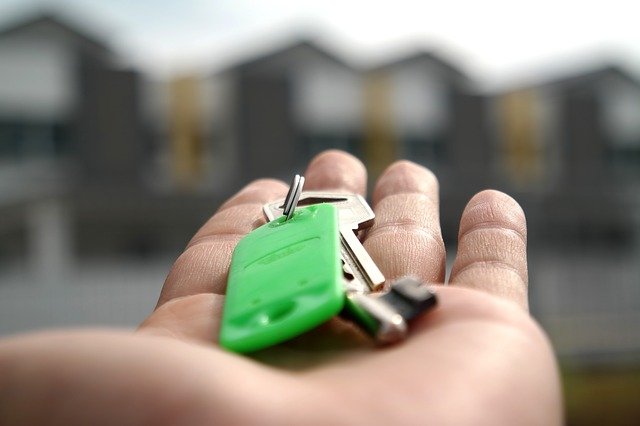
Buying and/ or selling a house is an exciting, expensive and, at times, stressful experience in our lives. But, for those looking to buy their first home, the conveyancing process, can be quite overwhelming. There is a lot to organise; from legal matters to financial arrangements and various regulations to comply with.
To help you understand the conveyancing process, we have put together a short guide to walk you through the process.
What is Conveyancing?
Conveyancing is defined as the legal transfer of property from one owner to another. The main stage within this is the exchange of contracts; this is when everyone involved knows when exactly the transaction will proceed and completion when everyone moves.
However, before we even get to this stage of the conveyancing process, there is a lot of legal and administrative work that has to take place first. Although each transaction may be similar in conveyancing, they do differ.
A conveyancing solicitor acts on behalf of the buyer and the mortgage lender. Often, a mortgage lender’s conditions in the mortgage offer must be handled before funds can be requested from them.
What Are the Timescales of Conveyancing?
The typical conveyancing process is as follows, although it is worth bearing in mind that every house purchase comes with its own challenges!
1. Solicitor
The first step on this journey is to find a solicitor that can conduct a conveyance to help you sell or buy a house. This ensures that, when you are ready, they can proceed straight away.
2. Enquiries/ Searches
At this stage of conveyancing, your solicitor will receive a contract. They will then raise any enquiries to clarify points and they will also check that everything is in order. This can include requests for planning permission and alterations, as well as checking that the necessary rights are in place.
3. Secure Your Mortgage
The third stage is making sure that you have applied for your mortgage and that the lender is provided with all the necessary information, so that when your conveyancing solicitor can confirm the information. All of which helps prevent causing the lender to reconsider their offer.
During this period too, your mortgage lender will also carry out a valuation of the property, mainly for their benefit. After this, you can instruct the surveyor to carry out a homebuyer’s survey of the property; this will involve further checks.
4. Signing & Exchanging Contracts
In this stage, your conveyancer will send you various documents, in preparation for the exchange of contracts. After all, enquiries have been answered and all checks complete, then your deposit will be requested and paid upon the exchange of contracts.
5. Completion
Funds are transferred on the day of completion; the time of day will typically depend on the number of people in the chain. Then, keys are usually picked up at the estate agents.
Contact Broadbents Solicitors
Interested in finding out more about our conveyancing services? Please contact our team here at Broadbents Solicitors. We cover various fields of law, ensuring that you have access to expert legal advice. You can call our dedicated team today: Alfreton 01773 832 511, Derby 01332 369 090, Heanor 01773 769 891, or Sutton-in-Ashfield 01623 441 123. Alternatively, you can head over to our online enquiry form and we’ll be in touch.






